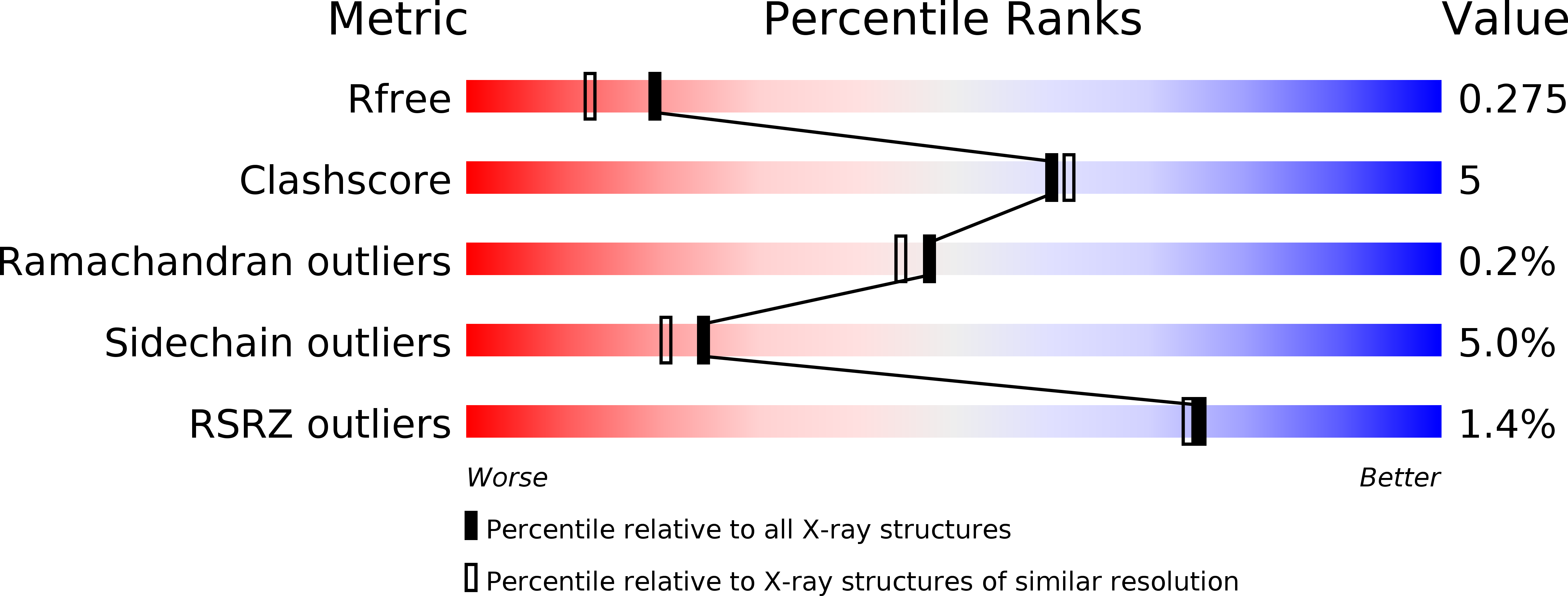
Deposition Date
2015-07-21
Release Date
2015-08-05
Last Version Date
2024-10-23
Entry Detail
PDB ID:
5CP3
Keywords:
Title:
Crystal Structure of an Antigen-Binding Fragment of Monoclonal Antibody against Sulfonamides in Complex with Sulfathiazole
Biological Source:
Source Organism:
Mus musculus (Taxon ID: 10090)
Method Details:
Experimental Method:
Resolution:
1.99 Å
R-Value Free:
0.26
R-Value Work:
0.21
R-Value Observed:
0.21
Space Group:
C 1 2 1


